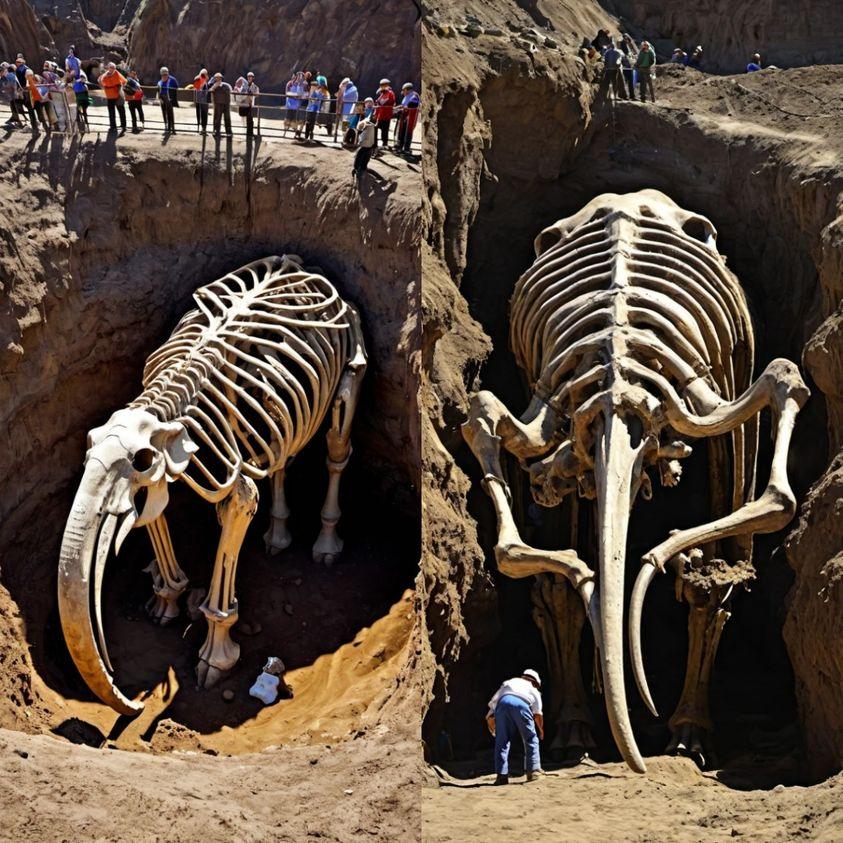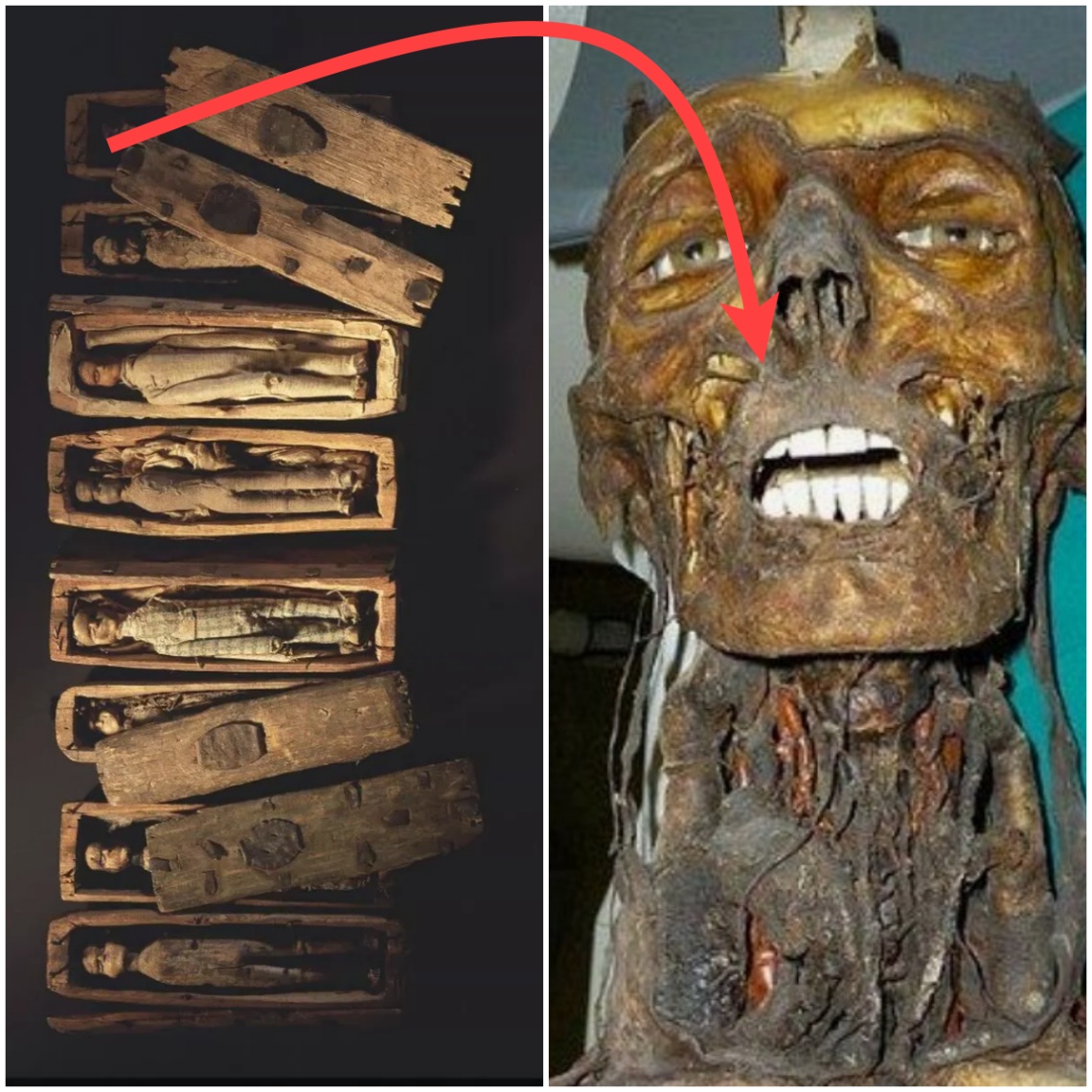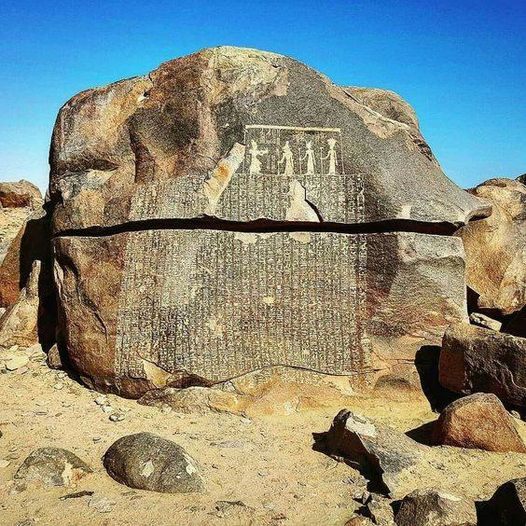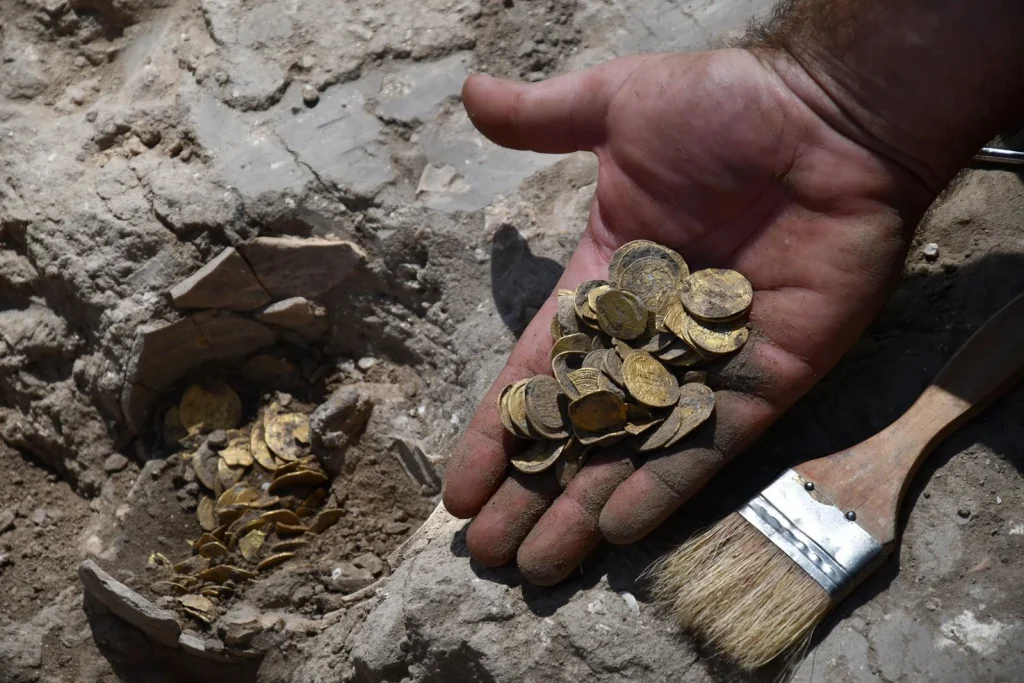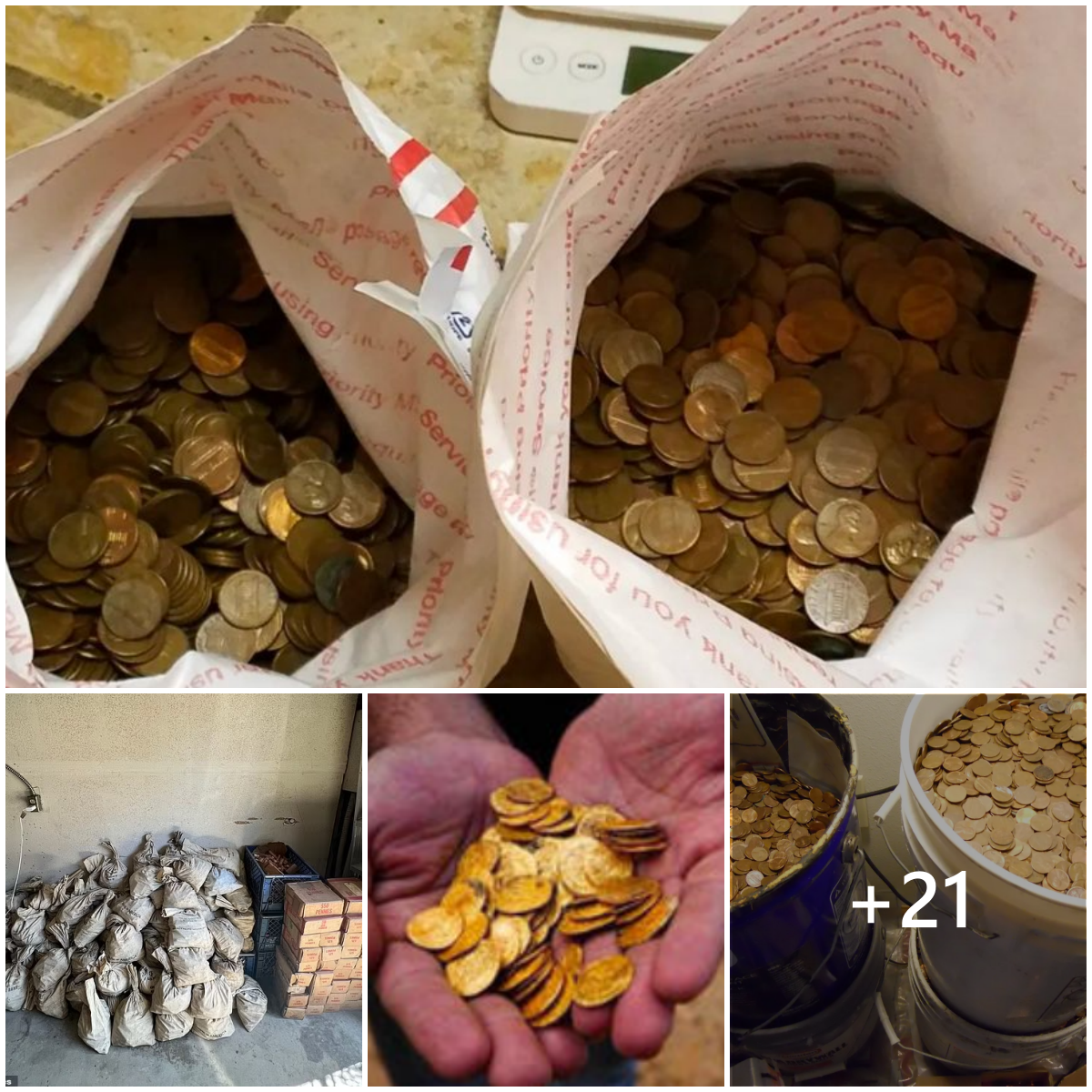

Mummy portrait: A young woman in a crimson tunic and a rich array of jewellery.National Museum of Scotland. A.1951.160
Researchers have been digging at the multicultural site, once inhabited by Greeks and Egyptians alike, since 2016.
According to Adel Okasha, , head of the Central Department of Egyptian Antiquities in Central Egypt, the mission’s latest season explored a semi-subterranean funerary house “with a floor made of colored lime mortar and decorated with interchangeable tiles.”
The building provides access to its own narrow street, and there’s a structure outside its southern facade where archaeologists found the remains of four columns. Inside, the funerary building spans six large-scale mud-brick tombs with “mᴀss graves in the catacomb style.”
There, archaeologists found papyri inscribed with Demotic (Egyptian cursive) and Greek script that recounts the social, economic, and religious conditions of regional inhabitants.
Basem Gehad, the head of Ancient Philadelphia Excavation project who led the latest dig, noted that his team also uncovered “a number of coffins of different styles, some of them in the human form and others in the Greek form with a gabled roof.”
Mummies within showed how much money mattered in ancient Gerzeh—some were embalmed with great care, others were left for ᴅᴇᴀᴅ in “burials of a simple nature,” said Mostafa Waziri, secretary general of the Supreme Council of Antiquities.
A terracotta statue of Isis-Aphrodite, the fertility and love goddess, recovered from the wooden coffin of a young Greek girl stood apart from the cache. Not only is such a relic rare, it also “reflects the influence of Greeks on Egyptian art as a result of [the] new community living there,” Gehad wrote in an email to Artnet News.
These are the first mummy portraits discovered at Fayoum during an archaeological dig since Flinders Petrie discovered 146 of them in a Roman-era cemetery in 1910–1911.
Also named Fayum portraits for their plentiful numbers in the Faiyum Oasis, these full-color portraits of the wealthy deceased rank among the most detailed ancient paintings known today.
Gehad told Artnet News that most of the previously discovered portraits ended up with Viennese art collector, dealer, and carpet entrepreneur Theodor Graf, who counted museums across Europe and America and individuals like Sigmund Freud as his clients.
This time, the Fayoum portraits will remain in Egypt for further study. “No one really knows the context of these portraits,” Gehad added. “Now, we can know certainly where they came from, and find more.”
